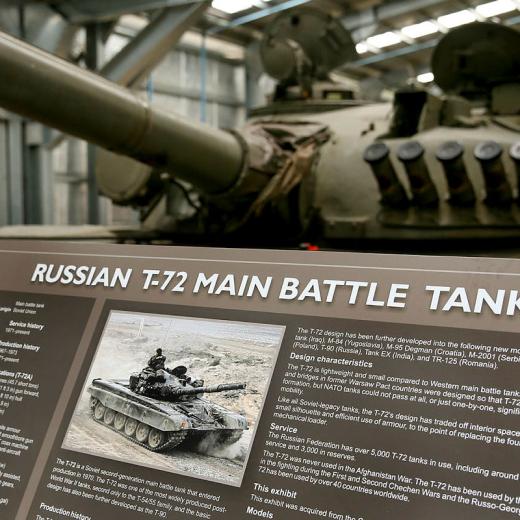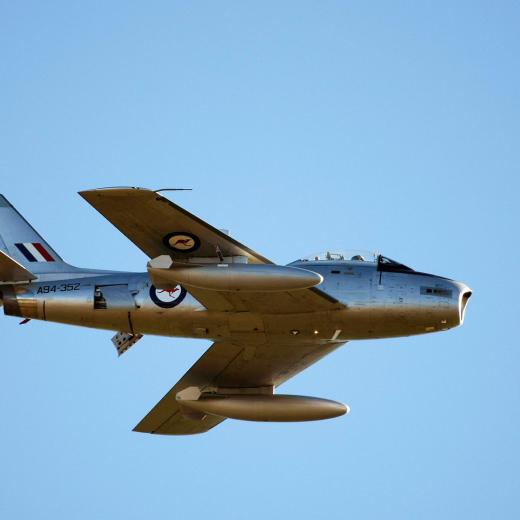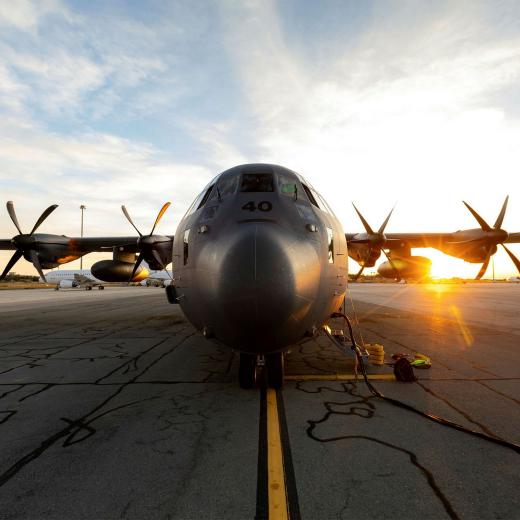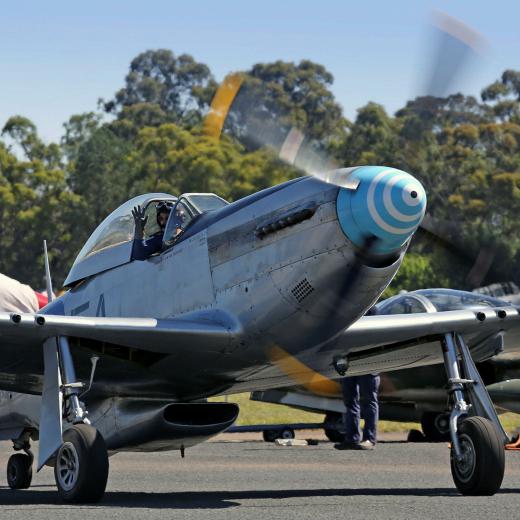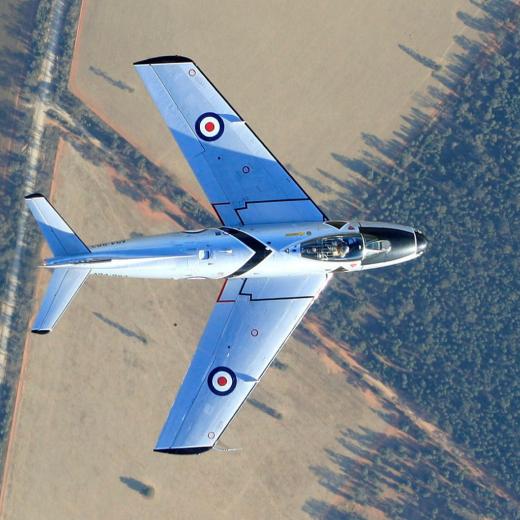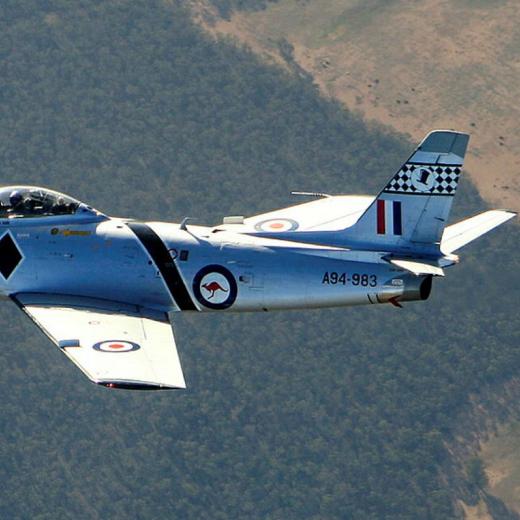Why North Korea is modernising its conventional arsenal
North Korea is rebuilding its conventional forces using Russian funding and battlefield lessons. This shift widens regional risk, adds non-nuclear pressure options, and points to faster arms competition shaped by modern warfare experience.


